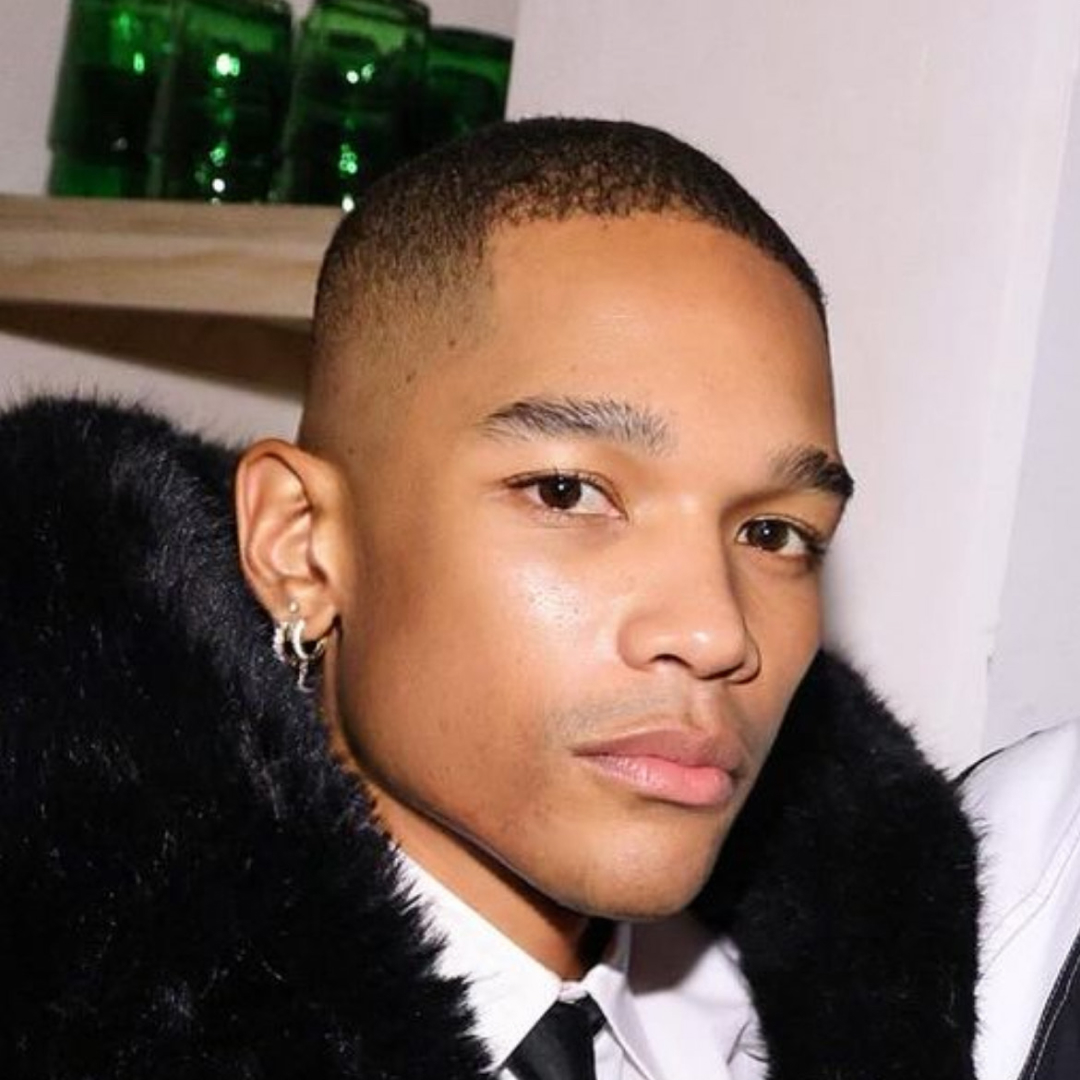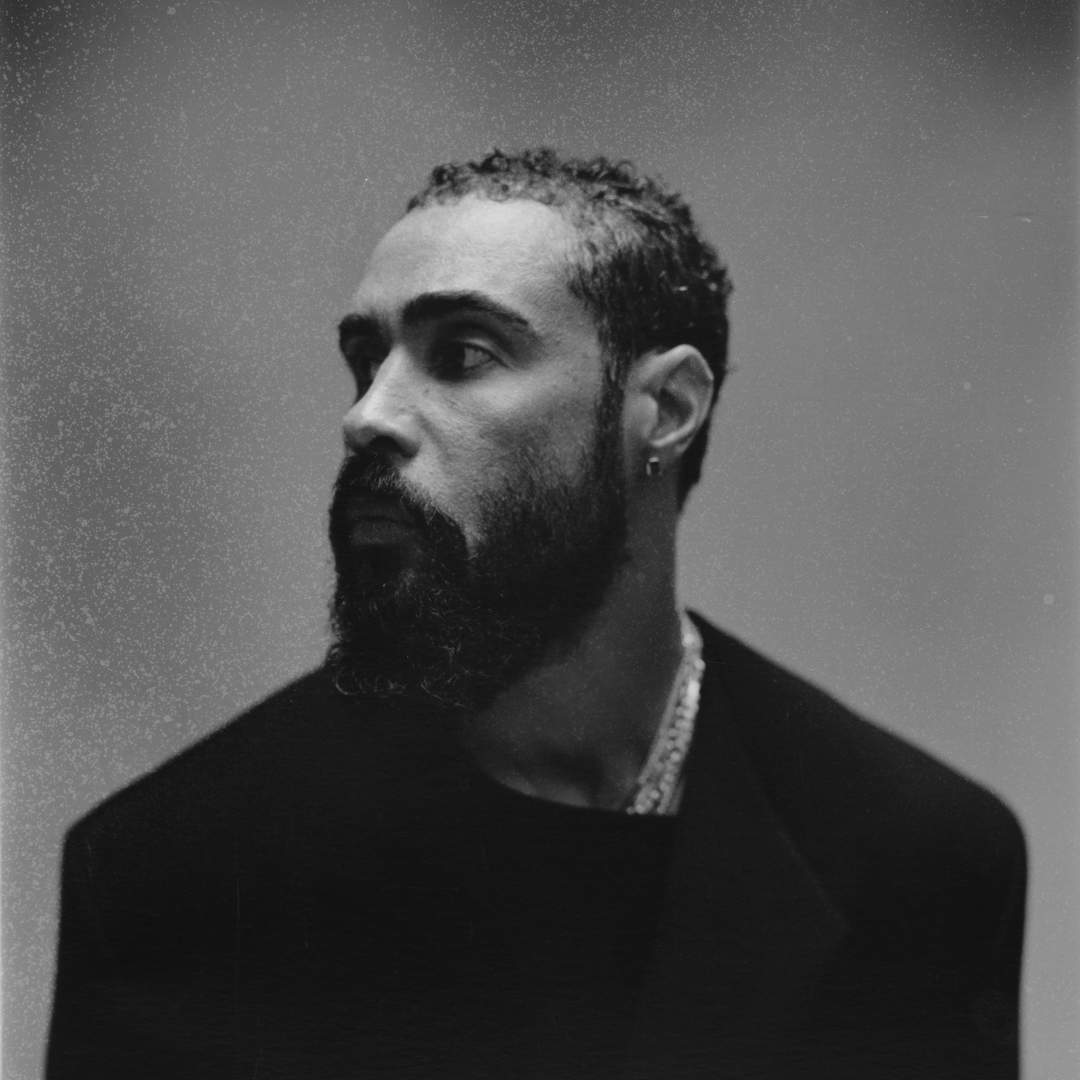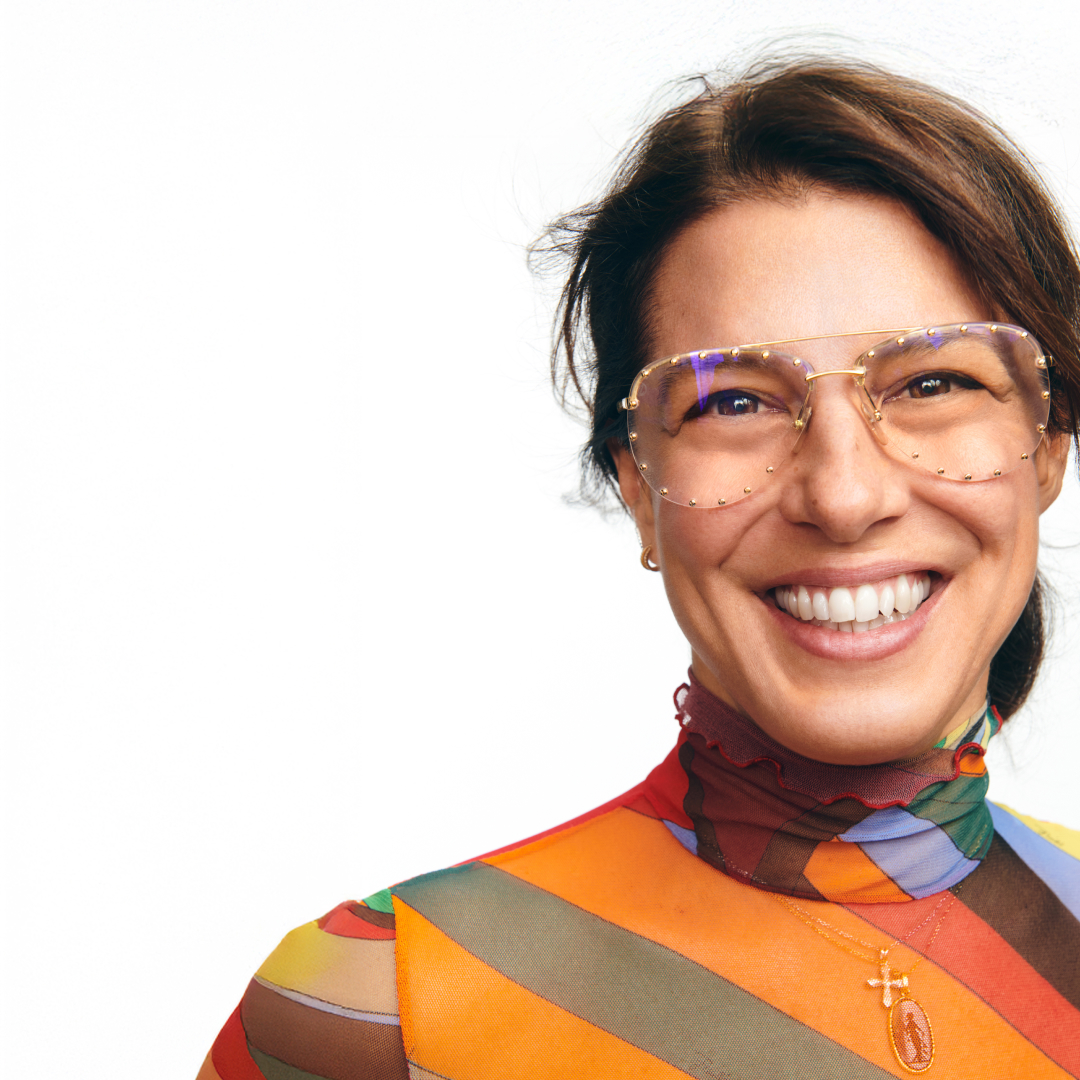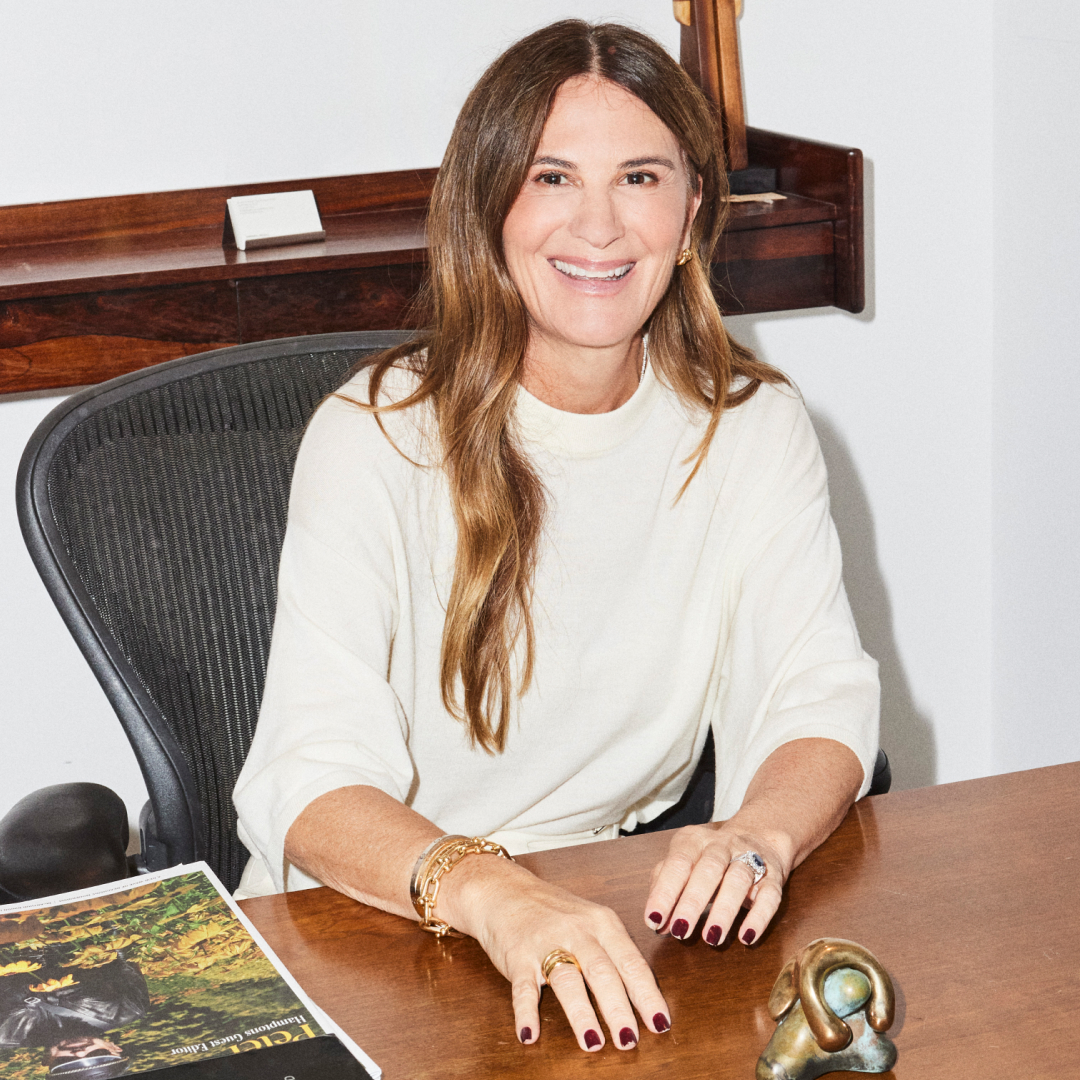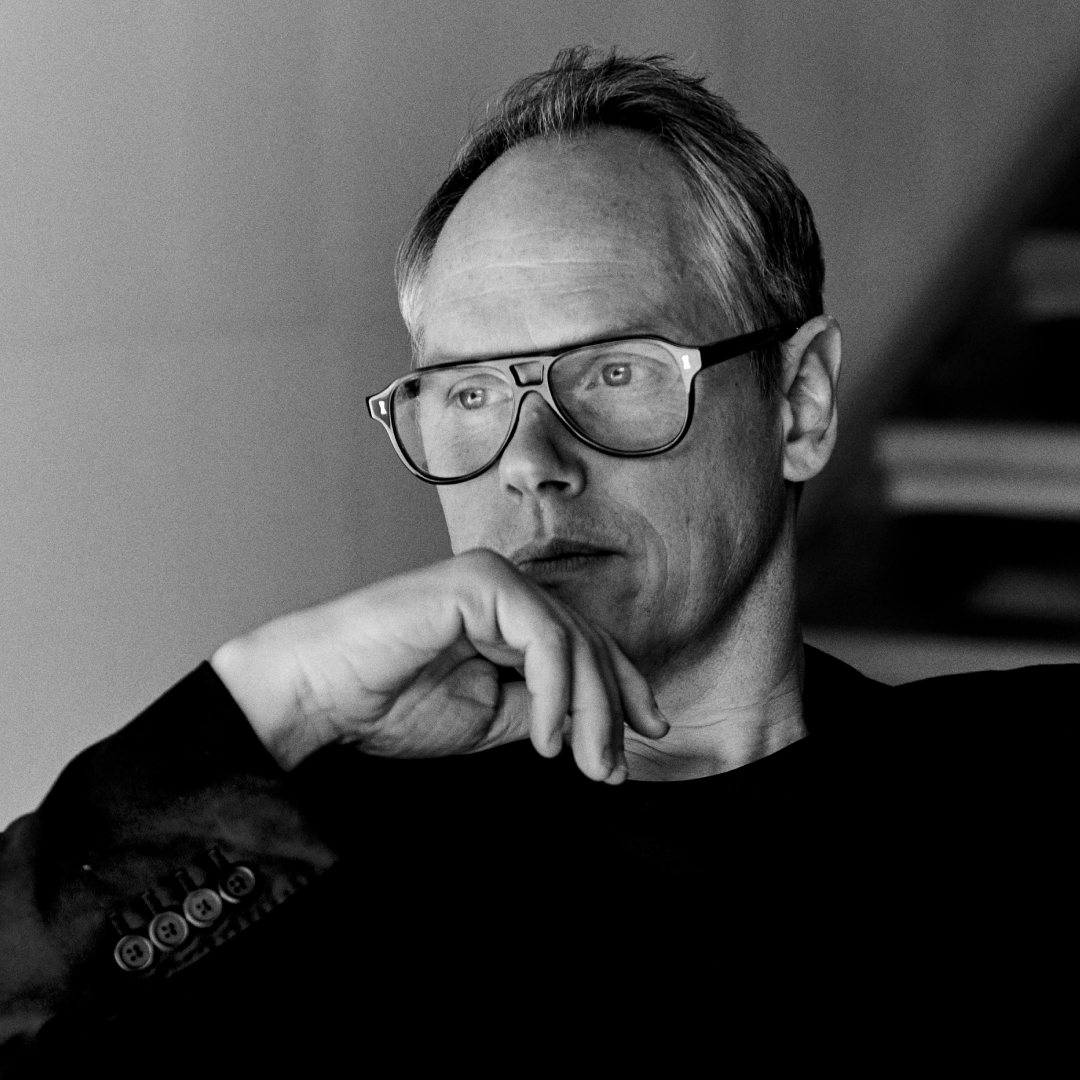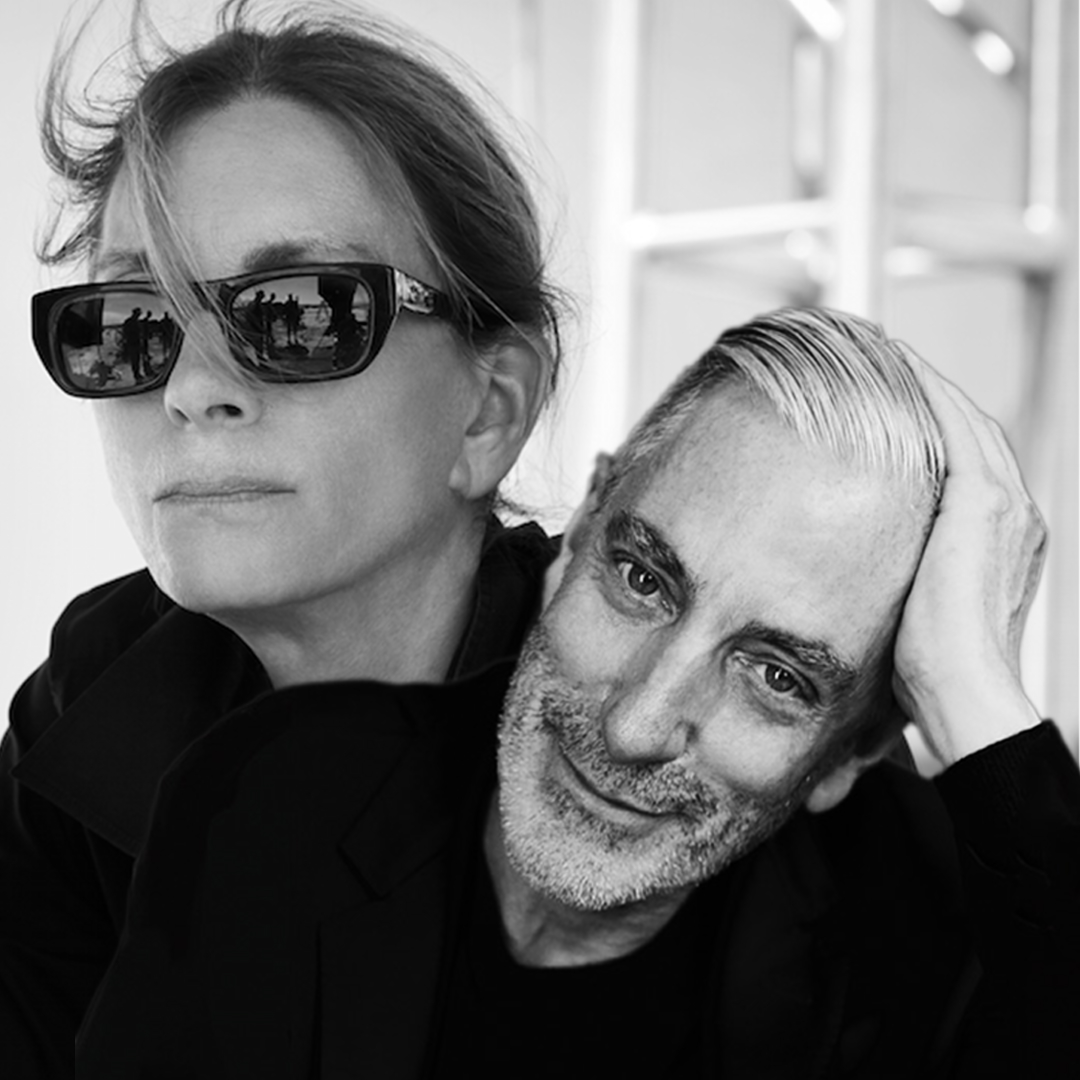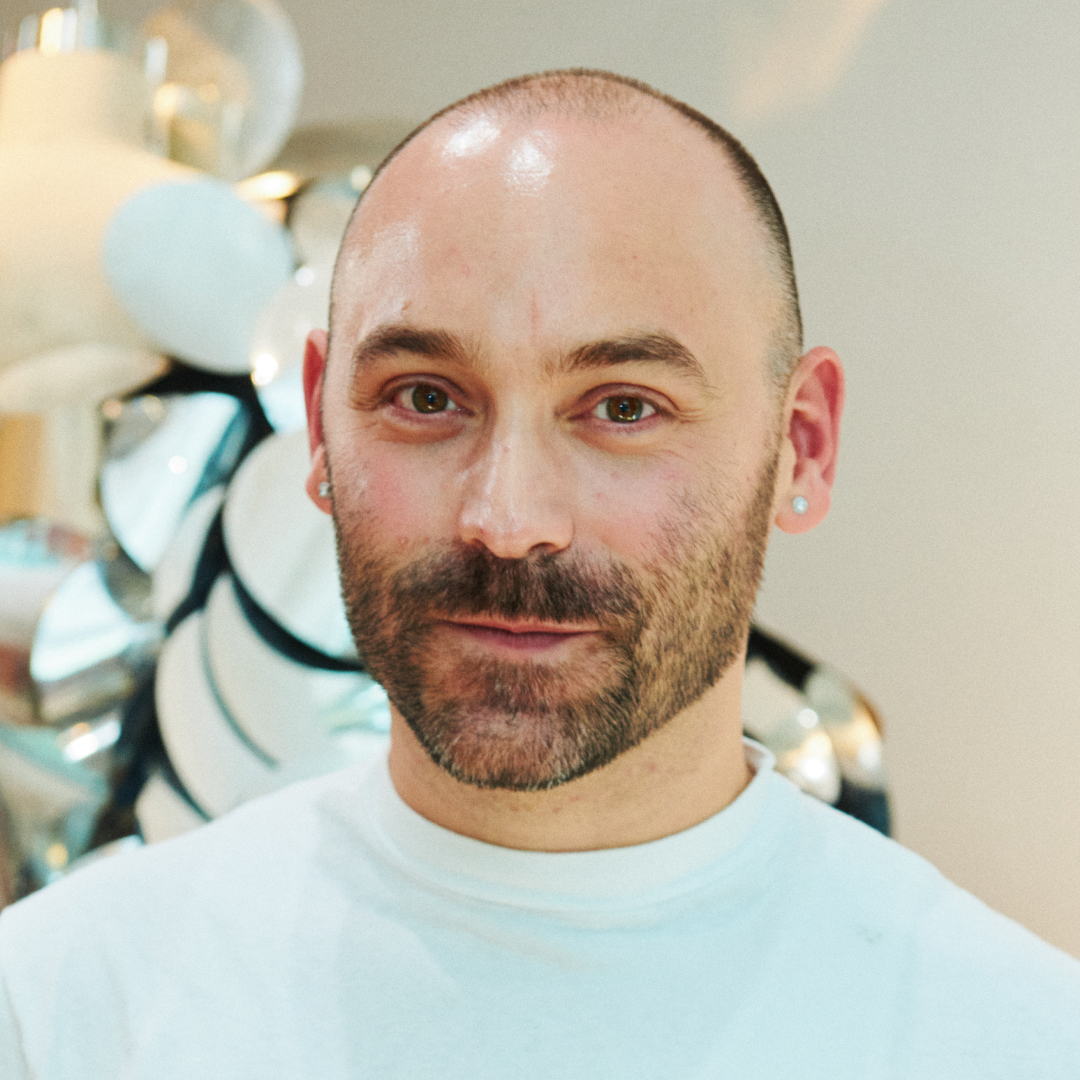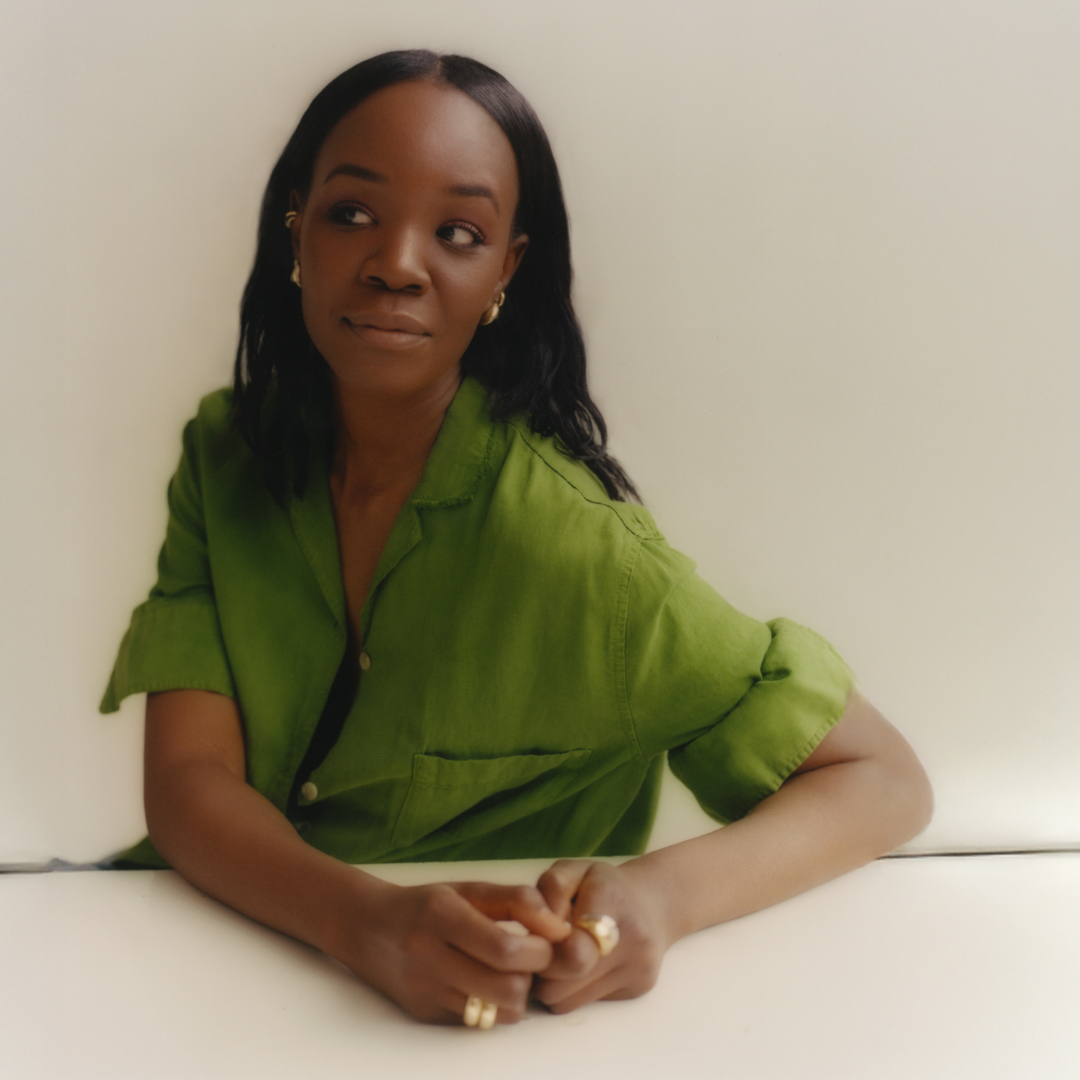Show Notes
Summary
Creative consultant and iconic figure Amanda Harlech has played a key role in fashion for decades. Harlech is recognized for her insightful, ultra-collaborative approach, her influential work with brilliant designers, and her mentorship of young designers. She initially joined forces with John Galliano in the ’80s and ’90s before later joining Karl Lagerfeld at Chanel. For her, creative sensitivity and a willingness to work are facilitating forces in an industry that she sees as evolving in a more collaborative direction. Though she surprisingly calls herself not quite “a fashion person,” Harlech’s prolific career has shaped parts of contemporary fashion design and showcased her intuitive understanding of creative storytelling. Illustrating a unique narrative of artistic connection, Harlech notes that the enduring allure of craftsmanship is what’s contemporary now.
Episode Highlights
- Creativity and make-believe: Harlech has vivid memories of being surrounded by storytelling and fashion, which were emphasized in her life from an early age by those around her.
- “It’s a way of navigating life:” Weaving fictions and working with fantasy is how Harlech has always sourced creative inspiration, from childhood collaging to designing gowns.
- Career trajectory: Harlech went from working at Harper’s Bazaar and The Face to working with Galliano, a collaboration she calls “so powerful.”
- Collaboration rather than competition: Harlech found Galliano’s designs emotionally powerful, and their active collaboration is contrasted with a more passive one while working with Karl Lagerfeld for 27 years. She discusses collaborating with Andrew Bolton for the most recent Met Gala in celebration of Lagerfeld.
- Collaborative evolution: While Lagerfeld, for instance, directed teams based on his genius, Harlech notes that contemporary labels tend to create entire creative communities wherein designers all bring something unique to the garments.
- Creative sensitivity: Harlech’s intuitive understanding of a collection’s intention and rhythm has propelled her throughout the years.
- “I am this undefinable thing:” Surprisingly, Harlech says, “I’m not really a fashion person, although I love the whole creative process that goes into a collection.” She describes herself as a facilitator above all else, synthesizing creative energies among the many individuals any collection or shoot requires.
- Other forms of collaboration: Enjoying how mentorship “switches the light on” in her head, Harlech brings her know-how to the energy and willingness of Central Saint Martins students.
- Progress and its countermovements: Discussing AI’s ever-increasing role in creative design, Harlech takes a positive stance, remarking on the emergence of support for and dialogue with the hands-on, artisanal work that goes into design.
- What’s contemporary now: Harlech takes the question in a mythical direction with ancient myth and ritual, paying homage to “the old ways, the skill of making, craft.”
Notable Quotes:
- On her upbringing in London: “It was an extraordinary time because making things and making things out of nothing was absolutely what you did. It was the normal.” —Amanda Harlech
- “The high point of my childhood was dressing up.” —Amanda Harlech
- “Even though we are all of us, skin, ligament, bone, and that curious flame that is spirit—but what we choose to cover ourselves with, albeit to protect or to camouflage or to express something, is so powerful and our need to belong to a tribe by going in an opposite direction even is fascinating.” —Amanda Harlech
- “Suddenly I knew that there was nobody else that I wanted to be with or work with except for John [Galliano] because there was just this like, understanding like finishing each other’s sentences.” —Amanda Harlech
- On consulting for Lagerfeld: “Dressing was something that fascinated me. I would put together outfits that probably involved a lot of vintage, and was not what Karl was doing at Chanel at the time. But it was provocative in a good way because it was playing with proportions. And he never copied what I wore, but it would shift something.” —Amanda Harlech
- “I’m a team player, and I guess now I’m finding it hard doing my own work, writing a book, or getting on with a painting is hard because I’m not doing it with other people. There’s a sort of shared energy, which actually you get to a place you could never get to sometimes by yourself. So collaboration to me is, I think, vital in everything—and in the fashion industry.” —Amanda Harlech
- “There’s got to be a different name for it, but brainstorming. Because you’re not actually storming each other’s brains, you’re actually connecting. You’re actually creating something beautiful, or rare, or strange, together.” —Amanda Harlech
- “It’s a tough business. I think the fashion industry is also governed by fear. Are you in, or are you out? Like The Emperor’s New Clothes—it can be a scary world to negotiate.” —Amanda Harlech
- “I’m a connective. I’m a conductor in stitching between one person and another to try and make a cohesive musical whole.” —Amanda Harlech
- “I think I love things to endure, which by the nature of fashion, it endlessly cancels itself out with the next.” —Amanda Harlech
- “Enthusiasm and that energy and that willingness to try—I find it’s literally like a vitamin B6 shot.” —Amanda Harlech
- “What intrigues me and strengthens me is that there is still a lot of work to a real curiosity and desire for craft and skill, the skill of hands that make and weave things out of nothing.” —Amanda Harlech
- “I really love the mark, the flaw, the scratch, the thread, the loose thread. Yeah, it’s the dissonance of humanity that actually gives you the beauty, I think.” —Amanda Harlech
- “I think ancient myth and ritual. The old ways, the skill of making, craft. It’s two stones clapped together on a hillside, echoing forever.” —Amanda Harlech










